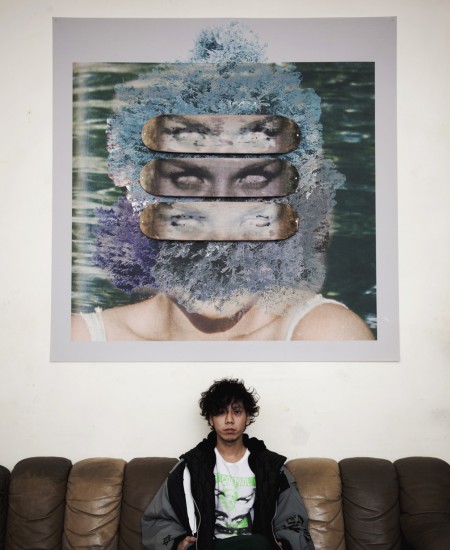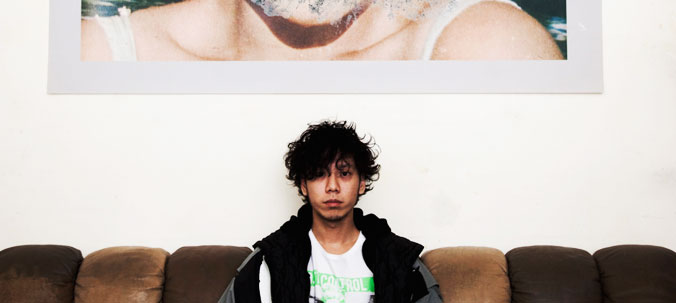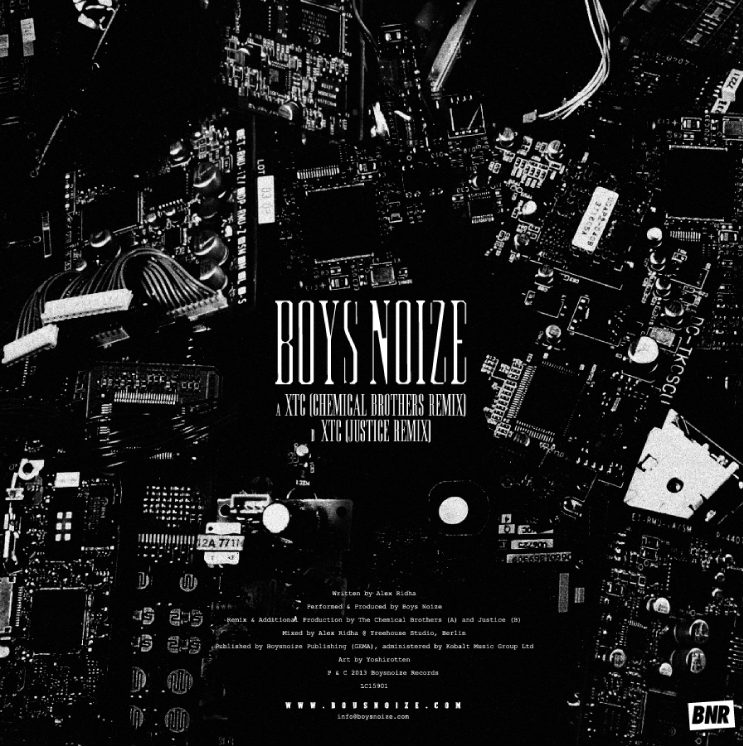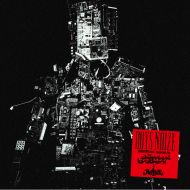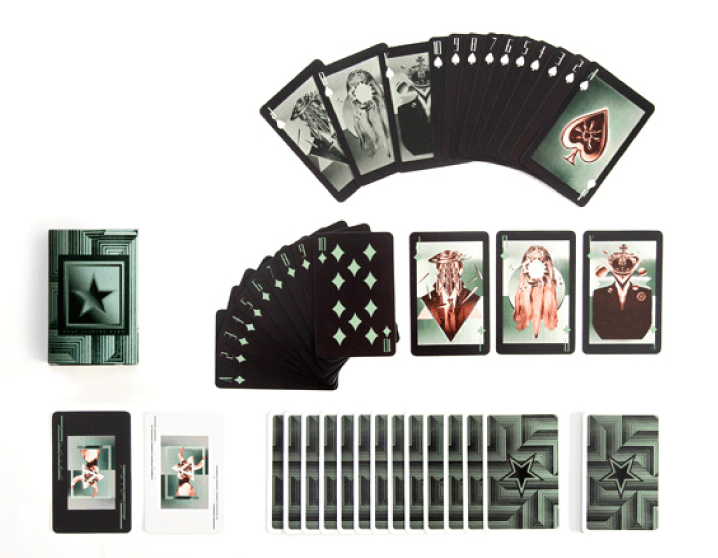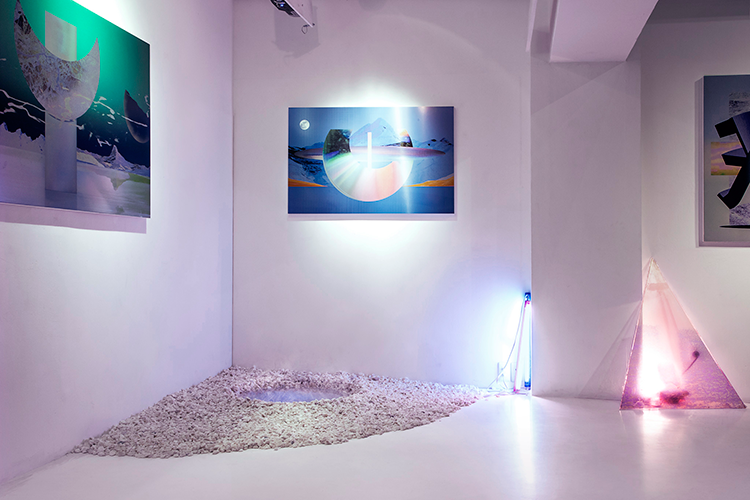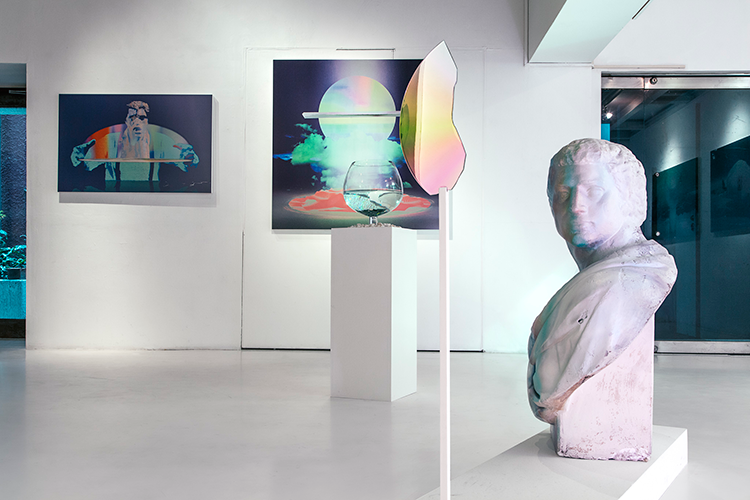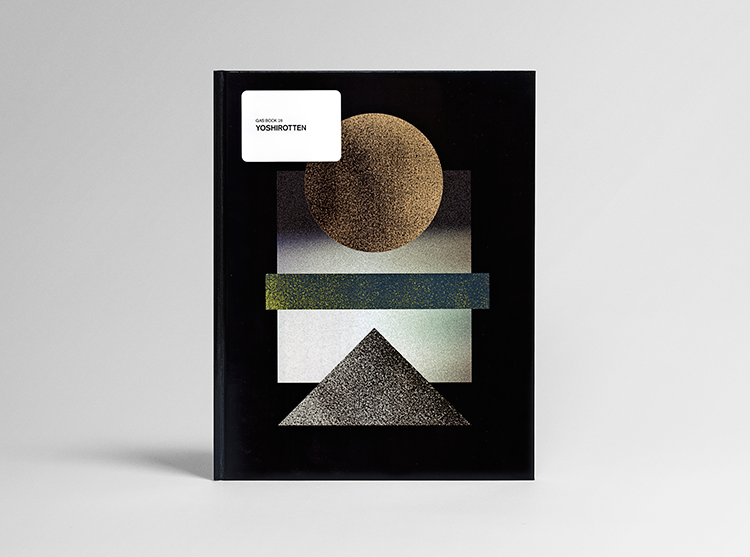YOSHIROTTEN
MBFWT 2015 S/S & 2015 A/W Key Visual Creator
【 profile 】
Yoshirotten is a Tokyo based graphic designer and an art director who works across wide range of fields, with a specific focus on art, fashion and music.
He has gained international recognition – commercially and artistically – with work for vast client list ranging from multinational companies or luxury brands to emerging artists including Boysnoize, ACE Hotel, NY city magazine, seven stars, Aerospace Exploration Agency, John Lawrence Sullivan, INSIGHT, AMBUSH® and UNIQLO among many others.
He is also constantly working on his art works that are original yet fantasic. He is not afraid to challenge himself to create his own universe through various media from prints to sculptural pieces. Those works always contains his aesthetic, suprise and his tune to it. He released 2 zines of his art work in the past which dissapeared in a second. And he will be releasing his monograph through GASBOOK in 2013.
[ URL ] http://yoshirotten.com/
The key visuals for Mercedes-Benz Fashion Week TOKYO 2015 S/S depict one model’s surrealistic world of fantasy, combined with fashion symbolizing Tokyo. The artworks are the products of the graphic artist and art director YOSHIROTTEN, who have handled a variety of Japanese and international projects mainly in the fields of fashion and music. He has also stepped out of the world of graphic design to design interior décor, costumes and products while energetically working in creative activities such as publishing a collection of his artworks and organizing art exhibitions. We have interviewed YOSHIROTTEN about the concept of this key visual and his passion toward fashion.
Tell us about the concept of your key visuals for Mercedes-Benz Fashion Week TOKYO 2015 S/S.
When I was offered this job, I thought I should incorporate my signature graphic elements, and expanded the concept from there. In the process, I adopted the theme, “Fashion is a Dream”, combining visual elements such as a model wearing a Japanese designer garment, natural factors such as the moon, clouds and thunder, and artificial elements such as car or other objects in a surrealistic world.



You have created three patterns. What is the theme of each of the visuals?
Fashion has the power of evoking fantasy about “who you want to be and where you want to go, wearing the clothes”. I have prepared several visuals to correspond with different types of fantasies. In this project, I adopted the themes, “Classic”, “Street” and “New Age”, and used Japanese designer garments that suit the themes for styling. Since these images are to be posted at and around the venues of the Fashion Week, I used different background colors to create a fun and colorful image.
top:BOYS NOIZE BNR 100 incl. remixes by chemical brothers & JUSTICE 12inch
bottom:Wall Art for ACE HOTEL NY
(Yoshirotten.com)
Were you conscious about the ‘Tokyo’ theme in creating these visuals?
I thought styling was enough to express the sense of ‘Tokyo’. In this project and much of my regular work for fashion and music clients, I am never really conscious about conveying the image of Japan or Tokyo. My approach is more about creating something that is ‘cool’ to anyone anywhere in the world without any preconception.
You have done numerous fashion-related projects. What aspects do you focus in those jobs?
At fashion brands, designers and directors have a definite image and world about their designs. My job is to respect that, while presenting a way of showcasing them in an innovative way relevant to today’s world. I have always liked both fashion and music. I am confident that I am presenting materials that are edgy and relevant today.
When did you first become interested in fashion?
I grew up in Kagoshima Prefecture. The first time I became inspired by fashion was when I saw a street fashion show in my local town as a high school student. I was already experimenting with interesting secondhand clothes, but, after seeing the show, I went right into the type of clothes that expressed the presence of their designers. There was even a time when I wanted to be a fashion designer, so much so that I created gloves and other accessories.
TRUMP Design for SEVEN SATRS(Yoshirotten.com)
What kind of music have you been listening to?
I started with punk rock, and began listening to 80s music. After moving to Tokyo, I became interested in techno music and going to clubs. I love music because 70s punk, 90s techno and other musical movements have the power to be the defining element of the times. That is why I listened to and explored all kinds of music in depth regardless of their genre, until eventually starting to organize events and act as a DJ in Tokyo. This experience rapidly broadened my circle of friends, including some who have now gone on to launch a fashion brand and become part of the Tokyo collection, or set up a boutique stocking a selected range of brands. In recent years, I am working increasingly with friends from those days, which is a great fun in itself.
PUDDLE EXHIBITION(Yoshirotten.com)
What did you do after finishing the graphic design school?
While still at the graphic design school, I started doing internship with the design department of a record company. My work was to deliver miscellaneous things to design offices including Positron, which handled a lot of design jobs for the kind of music I liked. After graduation, I ended up working for Positron. In those days, I worked at the office on weekdays, and did my own projects on weekends, such as designing T-shirts and event flyers for my friends and organizing club events. After five years at Positron, I set up RALPH with my former classmate Koji Wagatsuma.
Your individuality becomes even more important when you set up your own business. When do you think you have established your own design direction?
My design direction was quite firm even in the early days. In the early 2000s, when phrases like ‘New Rave’ and ‘Electro’ were not widely spread yet in Japan, I was already organizing music events for these genres and creating associated artworks. That was the time when New Wave culture was beginning to establish connection with fashion. The fact that I lived through those days had a major impact. Music inspires me. Like in punk music, I love deconstructing existing concepts and re-creating them into something new. That is what I want to reflect to my visual creations as well.
top:m-flo Album “NEVEN” CD JKT SPECIAL ARTBOOK
bottom:GASBOOK 28 YOSHIROTTEN
(Yoshirotten.com)
You have also organized exhibitions and published a collection of your work. How do you balance these activities with your regular work?
My regular work is mostly commissioned. I present my existing work and other images for reference, and gain client’s go-ahead before proceeding. Artworks I create independently do not require this process, allowing me to embody something I had never seen before or something that I feel is novel. What I create this way could become a reference material for future jobs. When I held an exhibition in Berlin the other day, someone saw my Instagram posts showing the exhibition, and later asked me to do some work for a fashion magazine. I love such extension of human connections, and enjoy creating artworks in an environment outside my regular work routine. This is why I try to set some time aside at least once or twice a year for independent productions.
Is there any project you want to take on in the future?
The Berlin exhibition I have just mentioned presented my artworks in a three-dimensional installation format, printing artworks on sheets of film and hanging them from the ceiling in a way that makes them overlap for 3D effect. I plan to bring the exhibition to Tokyo at around the end of this year. Also, I have been involved in producing music videos, which has inspired me to do more video work for movies and TV commercials. I am getting more and more jobs from overseas musicians, and want to broaden my work in the fashion field to do more international as well as domestic projects.
